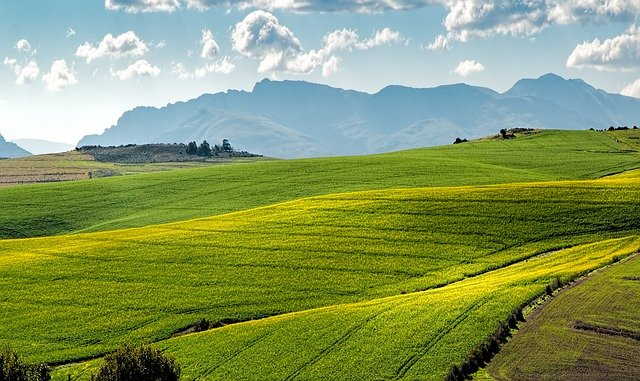The agriculture industry is faced with a number of challenges, including population growth, limited resources, and changing climate conditions. These issues have resulted in shrinking farmlands and limited natural resources, making it difficult for the industry to increase crop production and ensure food security.
The market size of IoT in the agriculture sector was valued at $11.2 billion in 2021 and is expected to reach $18.1 billion in 2026. Thus, now is the right time to get agriculture technology consulting services from a dedicated organization so as to leverage the power of this budding technology for your agricultural business success.
This article seeks to address this issue by defining IoT in agriculture and outlining how to apply advanced technology for industry modernization. Additionally, we will discuss the best IoT devices used in agriculture and their multiple advantages. By utilizing the potential of IoT, the agriculture industry can modernize and become more efficient, thus addressing the challenges it is currently facing.
What is IoT in agriculture?
According to the Food and Agriculture Organization (FAO), it is predicted that by 2050, the world population will reach 9.3 billion, which will result in a 60% increase in food demand. To close the supply-demand gap and increase productivity, the agriculture market is turning to the Internet of Things (IoT). The implementation of technology in agriculture is not a new concept; the industry has been tech-oriented for decades. In the coming years, advanced solutions are expected to aid in the collection of data on farming processes, raising livestock, and growing crops. This data will help farmers to maximize their yields and remain competitive in the market.
Advantages of using IoT in the agriculture
Focus on data
Advanced software solutions are invaluable in providing data on general performance, equipment efficiency, crops, and other farming methods. The data collected from sensors, robots, automated vehicles, drones, and hardware is essential in providing an accurate analysis for better agriculture management. This data is vital in leveraging digital technology to its fullest potential in the agricultural industry, as it allows for informed decisions to be made for the optimization of farming operations.
Increased efficiency with process automation
The application of Internet of Things (IoT) devices in agriculture has revolutionized the farming industry. By automating processes such as pest control, irrigation, and fertilizing, farmers are able to increase the efficiency of their business and save time. This has enabled them to focus on other aspects of the farming business, such as marketing, which can lead to increased profits. Furthermore, the use of IoT devices can help to reduce the environmental impact of farming, as it can reduce the amount of water and other resources used.
Increase in product quality
Accurate control of the production process is essential for farm owners to ensure the implementation of better crop quality standards. Innovative technology provides the accuracy needed for predictions, which is a critical factor in the successful management of the agriculture business. This accuracy allows for improved decision-making and the ability to identify potential areas of improvement. Through the use of such technology, farm owners can be confident that they are able to provide the highest quality of crops to their customers.
IoT devices used for smart agriculture
1. Sensors
Sensors are an invaluable tool in the agricultural industry, as they allow for the collection of data in real-time. This data can be used to analyze soil conditions, the health of livestock, and the operation of agricultural vehicles and equipment. In recent years, there have been a number of advances in the field of IoT sensors in agriculture, such as the integration of low-power and miniaturized tracking solutions or the use of 5G for data gathering. Additionally, sensors can be used to monitor the weather and provide useful predictions on operations based on this data. T
2. Gateways
Gateway devices are essential for the successful transfer of data between two devices. Their reliability in providing access to sensor networks and cameras is invaluable, particularly in rural areas where farms are often spread over a large area. To ensure the efficient monitoring of operations in these remote locations, advanced gateway solutions are necessary.
3. Modules
The deployment of Modules is of utmost importance when it comes to the Internet of Things (IoT) in agriculture, as they ensure the update of sensors and other devices, as well as the addition of new functionality. It is also the most critical and expensive part of the process, requiring a high level of quality and reliability to function in extreme environmental conditions.
Summing Up
The Internet of Things (IoT) and the agriculture industry have traditionally been connected through various software solutions. The primary purpose of these IoT devices is to provide humans with higher-quality food products. In this article, we have discussed the most common advantages of IoT in the agriculture sector and have examined the best IoT devices used for smart agriculture that helps in crop monitoring, livestock management, and the creation of intelligent greenhouses. Through the utilization of these IoT solutions, farmers are able to maximize their efficiency and productivity while simultaneously improving the quality of their produce.












